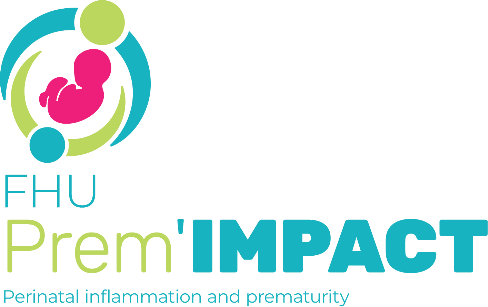Abstract
Study question: Is there a significant intra-individual variability of serum progesterone levels on the day of single blastocyst Hormone Replacement Therapy-Frozen Embryo Transfer (HRT-FET) between two consecutive cycles?
Summary answer: No significant intra-individual variability of serum progesterone (P) levels was noted between two consecutive HRT-FET cycles.
What is known already: In HRT-FET cycles, a minimum P level on the day of embryo transfer is necessary to optimise reproductive outcomes. In a previous study by our team, a threshold of 9.8 ng/ml serum P was identified as significantly associated with the live birth rates in single autologous blastocyst transfers under HRT using micronized vaginal progesterone (MVP). Such patients may benefit from an intensive luteal phase support (LPS) using other routes of P administration in addition to MVP. A crucial question in the way towards individualising LPS is whether serum P measurements are reproducible for a given patient in consecutive HRT-FET cycles, using the same LPS.
Study design, size, duration: We conducted an observational cohort study at the university-based reproductive medicine centre of our institution focusing on women who underwent at least two consecutive single autologous blastocyst HRT-FET cycles between January 2019 and March 2020.
Participants/materials, setting, methods: Patients undergoing two consecutive single autologous blastocyst HRT-FET cycles using exogenous oestradiol and vaginal micronized progesterone for endometrial preparation were included. Serum progesterone levels were measured on the morning of the Frozen Embryo Transfer (FET), by a single laboratory. The two measurements of progesterone levels performed on the day of the first (FET1) and the second FET (FET2) were compared to evaluate the intra-individual variability of serum P levels. Paired statistical analyses were performed, as appropriate.
Main results and the role of chance: Two hundred and sixty-four patients undergoing two consecutive single autologous blastocyst HRT-FET were included. The mean age of the included women was 35.0 ± 4.2 years. No significant intra-individual variability was observed between FET1 and FET2 (mean progesterone level after FET1: 13.4 ± 5.1 ng/ml vs after FET2: 13.9 ± 5.0; P = 0.08). The characteristics of the embryo transfers were similar between the first and the second FET. Forty-nine patients (18.6%) had discordant progesterone levels (defined as one progesterone measurement > and one ≤ to the threshold of 9.8 ng/ml) between FET1 and FET2. There were 37/264 women (14.0%) who had high intra-individual variability (defined as a difference in serum progesterone values >75th percentile (6.0 ng/ml)) between FET1 and FET2. No specific clinical parameter was associated with a high intra-individual variability nor a discordant P measurement.
Limitations, reasons for caution: This study is limited by its retrospective design. Moreover, only women undergoing autologous blastocyst HRT-FET with MVP were included, thereby limiting the extrapolation of the study findings to other routes of P administration and other kinds of endometrial preparation for FET.
Wider implications of the findings: No significant intra-individual variability was noted. The serum progesterone level appeared to be reproducible in >80% of cases. These findings suggest that the serum progesterone level measured on the day of the first transfer can be used to individualize luteal phase support in subsequent cycles.
